
engineering physicist. writes about deep tech, energy, physics, sci-fi and whatever. founder @hyperstition_x, organizes @deeptechweek
26 subscribers
How to get URL link on X (Twitter) App

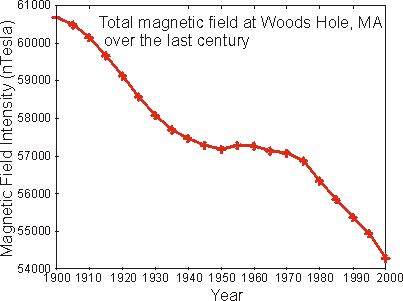

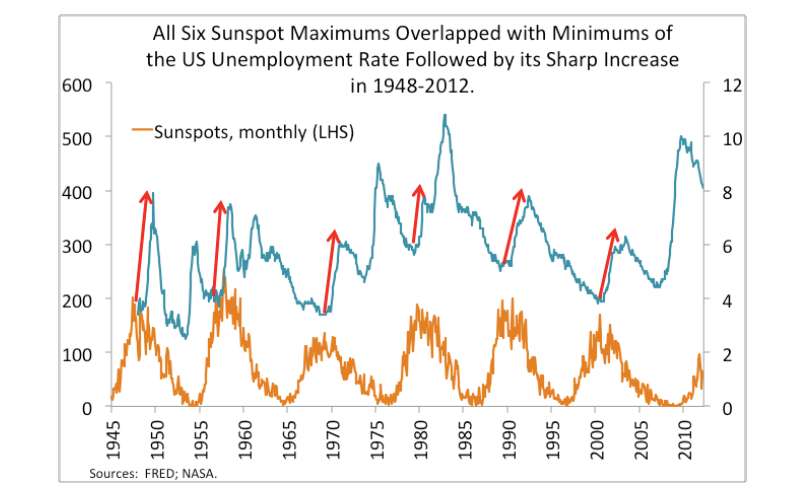
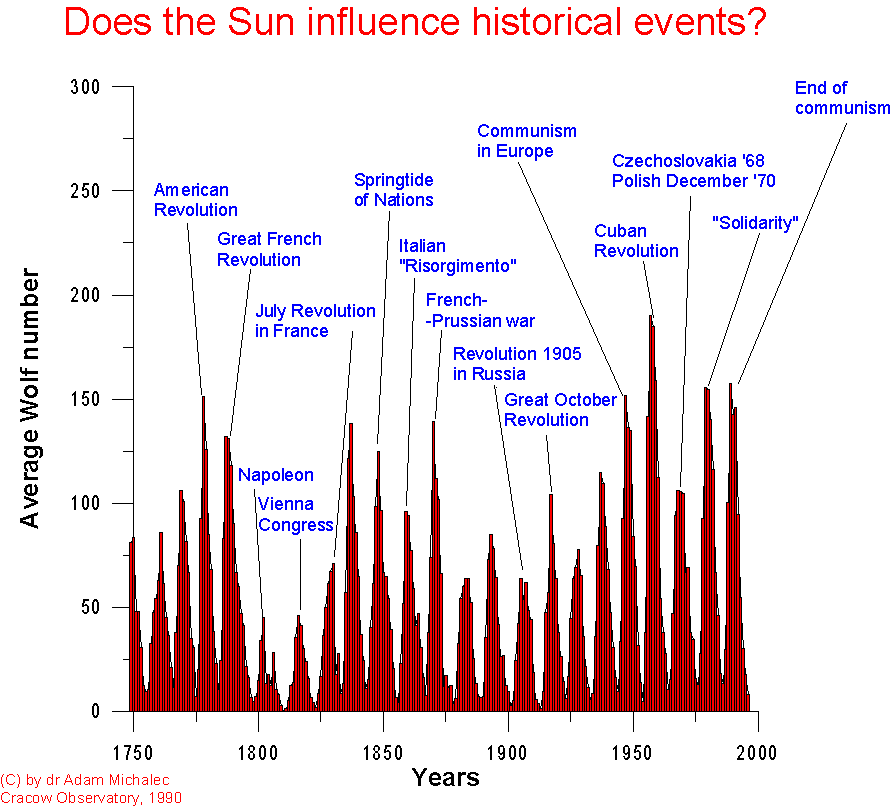
 The current sunspot cycle is near its maximum, right now, as we enter 2026.
The current sunspot cycle is near its maximum, right now, as we enter 2026. 
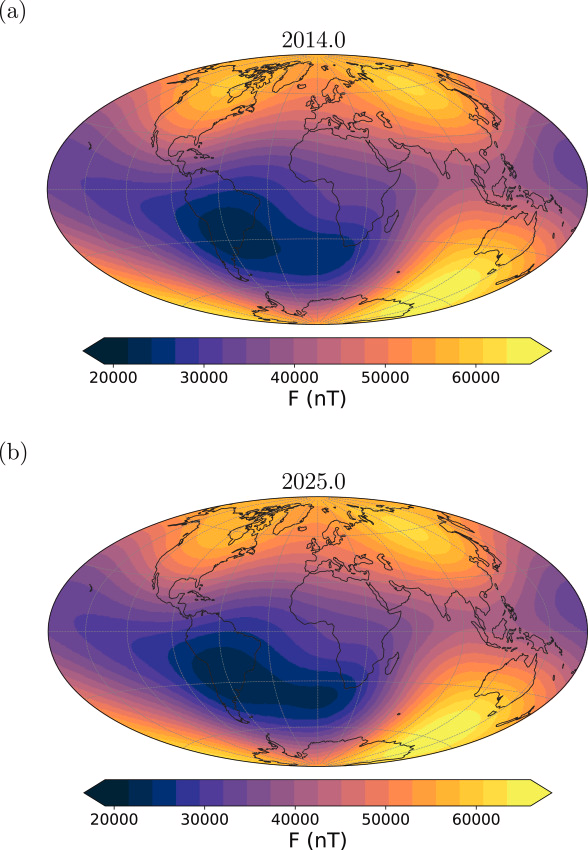

 People who think this is 'whataboutism' are too partisan-addled by years of divisive thinking. Fraud is everywhere, supported by all political parties, that you will not get justice for these crimes against the public unless we investigate and expose them ourselves.
People who think this is 'whataboutism' are too partisan-addled by years of divisive thinking. Fraud is everywhere, supported by all political parties, that you will not get justice for these crimes against the public unless we investigate and expose them ourselves.

 The first thing to understand is this:
The first thing to understand is this:

https://twitter.com/DuniaInnovation/status/1973034959993762005
 The epochs of civilization have been demarcated by materials for good reason.
The epochs of civilization have been demarcated by materials for good reason.

https://twitter.com/FrogmanDev/status/1957175636591587805
 Differential geometry is the mathematics of curved surfaces. Euclidean geometry is the 'nice' flat space - where moving along a direction doesn't change the absolute orientation of your perspective.
Differential geometry is the mathematics of curved surfaces. Euclidean geometry is the 'nice' flat space - where moving along a direction doesn't change the absolute orientation of your perspective.

https://twitter.com/andercot/status/1951091225462722901The Blight shields itself from direct criticism by installing hair trigger victim complex in it's adherents, who decry any deviation from it's central narrative of mandated equality of outcomes





https://twitter.com/msahsorin/status/1910257697125216416Computing means processing information, and Landaurs limit describes the thermodynamic minimun of entropy generated by overwriting a single bit of information.


 First lets start with optics - in general a larger lens lets your resolve finer and finer details.
First lets start with optics - in general a larger lens lets your resolve finer and finer details.

 This is more spending than all major wars the US was involved in, combined. A death toll greater than the Holocaust.
This is more spending than all major wars the US was involved in, combined. A death toll greater than the Holocaust. 


 There are some theories of consciousness that posit it inherently depends on the synchronization and resonance of electromagnetic fields across the body, so, not just neuronal firings but the fields those firings produce, across the somatic nervous system, vagus nerve, etc
There are some theories of consciousness that posit it inherently depends on the synchronization and resonance of electromagnetic fields across the body, so, not just neuronal firings but the fields those firings produce, across the somatic nervous system, vagus nerve, etc 

 The setup is simple:
The setup is simple: 

 Maxwell originally wrote out 20 equations in quaternion form which were then simplified into the familiar vector equations we all learn in undergrad physics that look like this.
Maxwell originally wrote out 20 equations in quaternion form which were then simplified into the familiar vector equations we all learn in undergrad physics that look like this.

 The standard workhorse of cosmology for the last 25 years has been the Lambda Cold Dark Matter (ΛCDM) which assumes the universe is roughly homogenous.
The standard workhorse of cosmology for the last 25 years has been the Lambda Cold Dark Matter (ΛCDM) which assumes the universe is roughly homogenous.
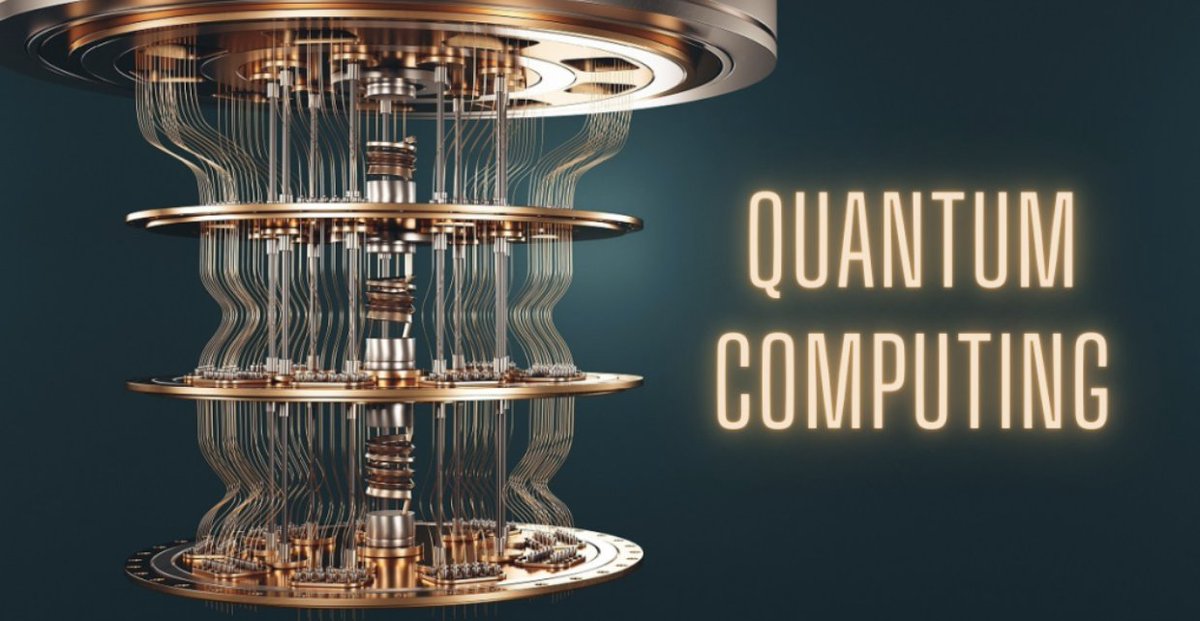
 Quantum mechanics dominates the world of the very small, but determines properties we measure macroscopically. Nowhere is this more important than materials science.
Quantum mechanics dominates the world of the very small, but determines properties we measure macroscopically. Nowhere is this more important than materials science.

 DT burns at the lowest temperatures but what it releases is horribly nasty: a 14 MeV neutron that takes a solid meter of metal to fully shield.
DT burns at the lowest temperatures but what it releases is horribly nasty: a 14 MeV neutron that takes a solid meter of metal to fully shield. 

 Spectroscopic analysis of stellar nebula has found the presence of amino acids in large enough quantities to be detectable at astronomic distances.
Spectroscopic analysis of stellar nebula has found the presence of amino acids in large enough quantities to be detectable at astronomic distances. 

 In almost every developed nation on the planet birth rates have plummeted in recent decades, often falling below replacement-levels.
In almost every developed nation on the planet birth rates have plummeted in recent decades, often falling below replacement-levels. 
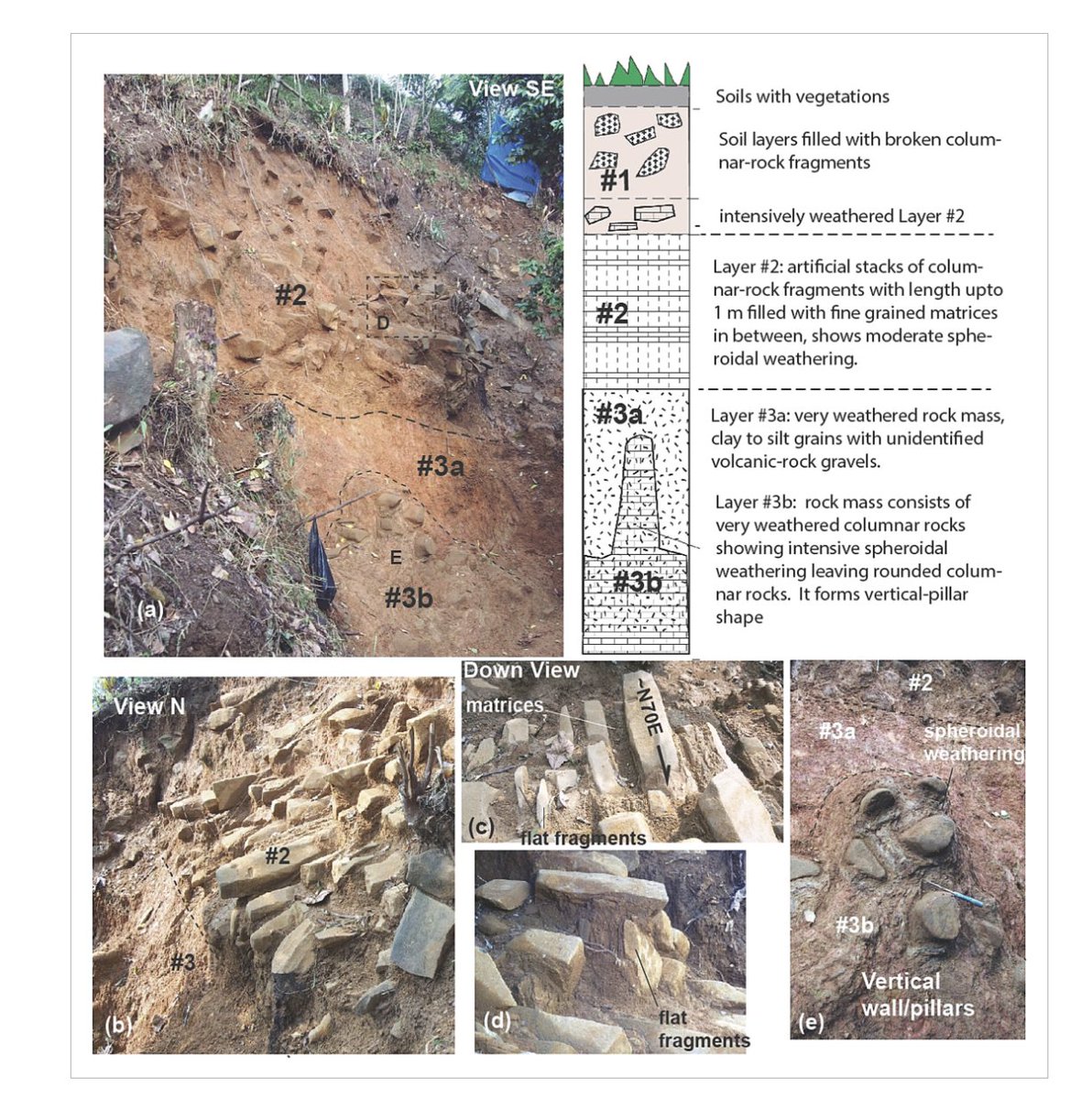

 This study made extensive use of Electrical Resistance Tomography to reconstruct subsurface features, chambers, and structures leveraging high sensitivity measurements, spacing metal electrodes in a 3D grid to measure the entire area and reconstruct it volumetrically
This study made extensive use of Electrical Resistance Tomography to reconstruct subsurface features, chambers, and structures leveraging high sensitivity measurements, spacing metal electrodes in a 3D grid to measure the entire area and reconstruct it volumetrically 


 Like Tokamaks stellarators have a kind of periodic symmetry in the coordinate space of the magnetic field enclosing the plasma, but, unliked Tokamaks this doesn't translate into nice symmetries in our 3 dimensions.
Like Tokamaks stellarators have a kind of periodic symmetry in the coordinate space of the magnetic field enclosing the plasma, but, unliked Tokamaks this doesn't translate into nice symmetries in our 3 dimensions.